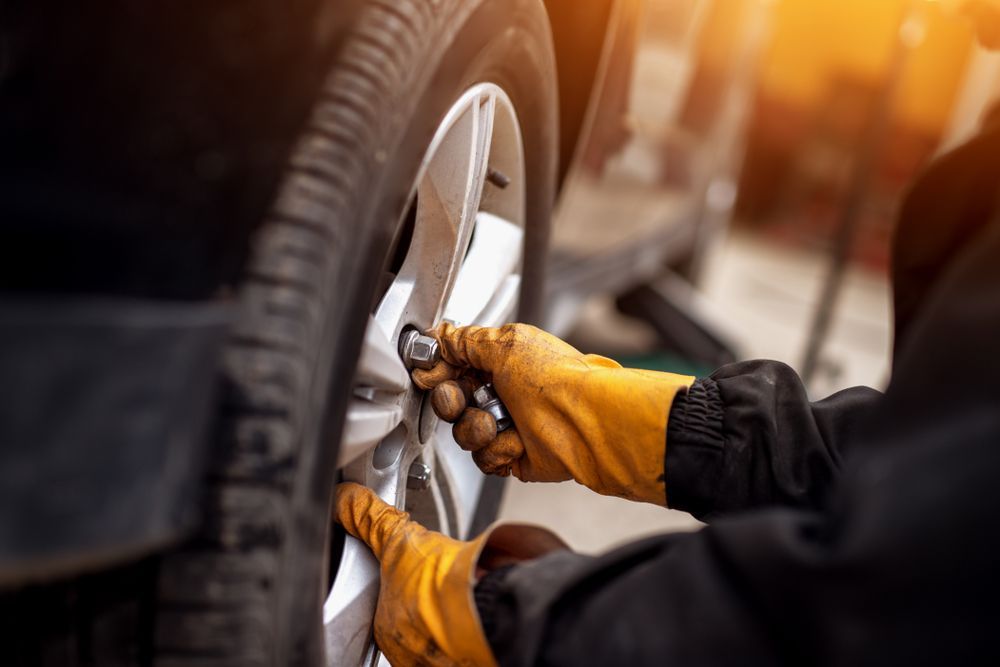Signs Your Brake Pads Need Servicing & Replacement
Brake pads are an important safety feature of your car, so it's important to make sure they're in good condition.
In this post, we'll explore how brake pads work, how often they should be serviced and changed and some common warning signs to look out for.
What Are Brake Pads And How Do They Work?
Brake pads are a component of the braking system in a car. They are located on the brake callipers, and when the driver applies pressure to the brake pedal, the brake pads come into contact with the brake rotor, causing the car to slow down or stop.
Brake pads work by absorbing the heat created when the brakes are applied. They also help to keep the brake rotors clean.
How Often Do Brake Pads Need Servicing?
Most brake pads will need to be serviced every 20,000-40,000 miles. However, this varies depending on the make and model of your car, as well as the type of driving you do.
If you drive in a lot of stop-and-go traffic, for example, your brake pads will wear down more quickly than if you primarily drive on the highway.
Here Are Some Signs That Your Brake Pads May Meed Servicing Or Replacement:
Your Brakes Are Squealing or Grinding When You Apply Them
The symptoms for worn brake pads are varied, so if you notice a recent occurrence of noises that seem like grinding, loud squeals, smells, or any other unusual change with your brakes, it's time to get them inspected and potentially replaced.
Another common reason people may hear grinding when using their brakes is due to corrosion on their rotors! This problem can often be fixed with a good clean.
Your Brake Pedal Feels "Spongy" When You Press It
If your brake pedal feels "spongy" or "soft" when you press it, this could be a sign that air has gotten into the brake lines and your brake fluid needs to be replaced. This is often caused by leaving the car unused for a long period of time and the moisture in the air corroding the system.
You Notice A Decrease In Your Car's Braking Performance
One of the most common signs that your brake pads need servicing or replacement is a decrease in your car's braking performance. This can be caused by a number of factors, such as excessive wear on the brake pads, moisture accumulation, or a broken wire in the brake system.
If you notice that your car is not braking as effectively as it used to, it's important to take it in for a brake inspection as soon as possible.
The Brake Warning Light Comes On
Most modern cars are equipped with brake warning sensors which will usually show a warning on the dashboard if there is a problem that has been detected.
This could be due to a number of reasons, such as a low level of brake fluid, worn brake pads, or a broken wire in the brake system. If your car has this light on, it's important to take it in for a brake inspection as soon as possible.
Your Car Pulls To One Side When Braking
If your car pulls to one side when braking, this could be caused by a number of factors, such as a misaligned brake calliper, a warped brake rotor, or excessive wear on one of the brake pads.
Conclusion
If you experience any of these signs, it's time to take your car in for a brake pad inspection.
Depending on the severity, your brake pads may just need to be serviced, or they may require replacement altogether.
Contact us today for more information on (07) 5539 5326 or email us at sales@a1supercheaptyres.com.au.





















